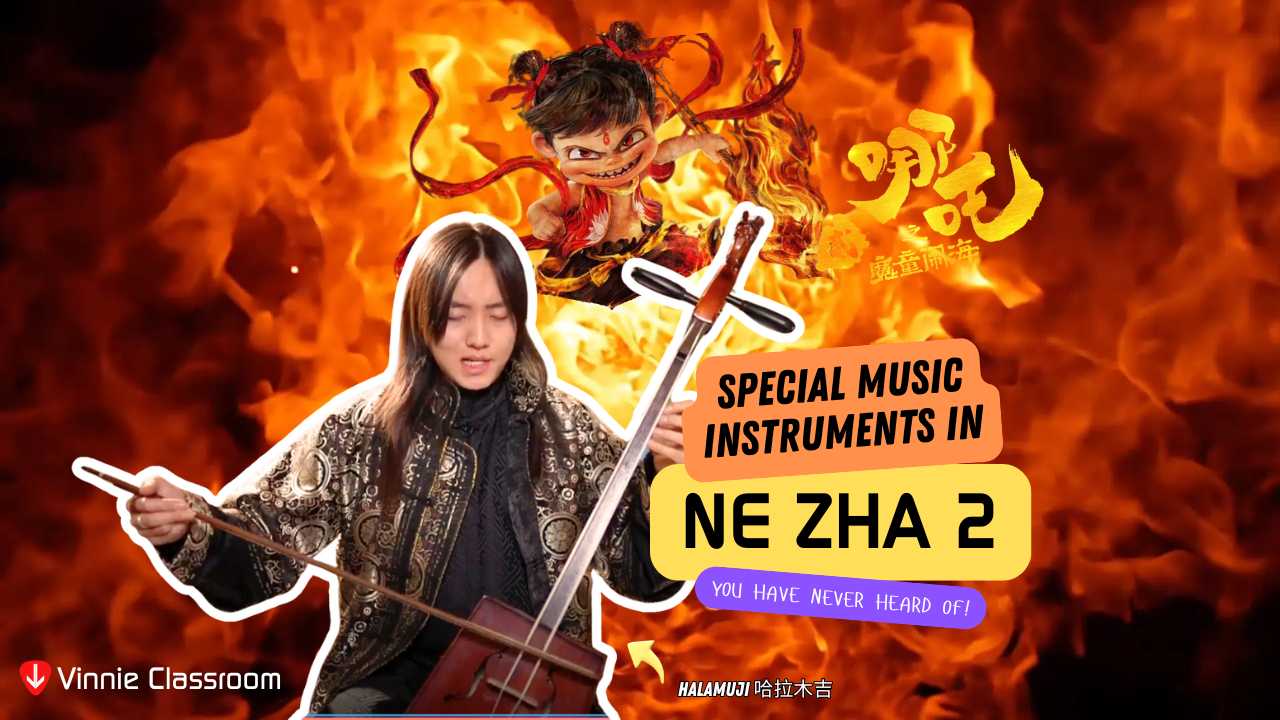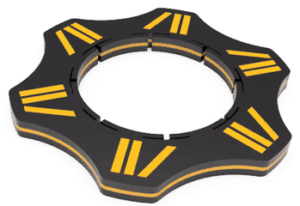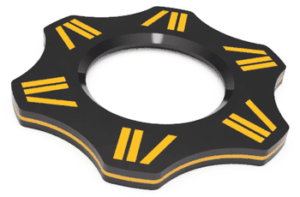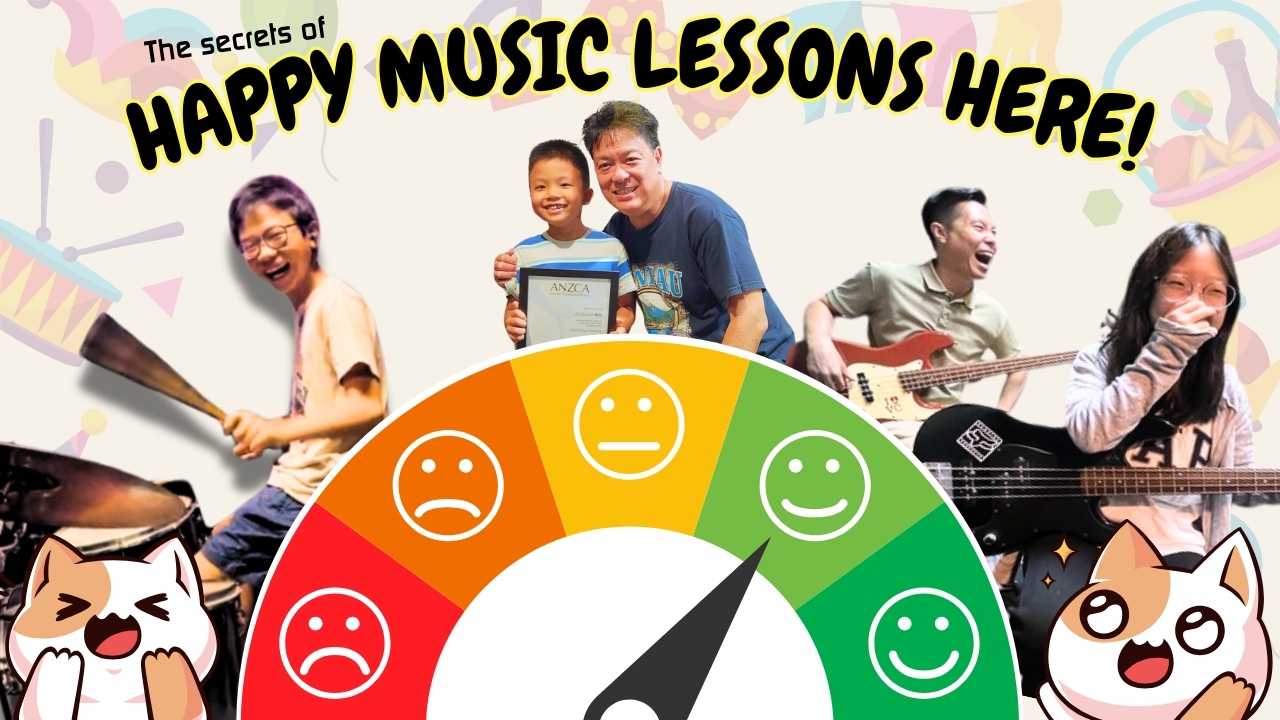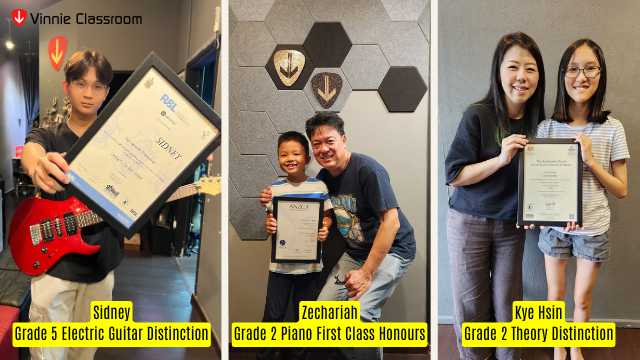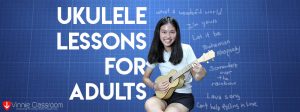
Will Trump’s tariff affect guitar lessons in Singapore?

Trump’s tariffs may have unexpected consequences for guitar lessons in Singapore. As tensions between the U.S. and China continue to evolve, tariffs could ripple out far beyond politics. One unexpected area of impact? Music lessons in Singapore. If you are thinking of signing up for guitar lessons, this article might answer some of your questions!
Trump’s tariffs impact many of the consumer goods that guitar lessons in Singapore depend on.
American brands hit by Trump’s tariffs play a major role in Singapore’s music industry, especially in guitar lessons.
- Martin and Taylor acoustic guitars are top choices for serious players.
- Electric guitar students often dream of owning a Gibson or PRS.
- JHS and Electro-Harmonix pedals are popular for their unique tones and solid build.
- Pickups and strings define a guitar’s voice and feel.
- DiMarzio and Seymour Duncan pickups are industry favorites.
- D’Addario and Elixir strings are trusted for tone and durability.
With tariffs driving up costs and potentially limiting supply, music educators and students alike are being forced to explore alternatives.
Alternatives that can help us ride this trade war
Fortunately, not all is doom and gloom. Brands like Yamaha and Voki offer excellent value for acoustic guitars, while Ibanez and non-U.S. Fender models provide accessible and quality options for electric players. Pedal lovers have turned their attention to Chinese-made brands like NUX and Joyo, which have rapidly improved in quality while staying budget-friendly—great news for students looking to build a pedalboard without breaking the bank.
Some brands and products are just irreplaceable, at least for now
However, some components are harder to replace. Pickups and strings—critical for tone and feel—pose the biggest challenge. DiMarzio and Seymour Duncan pickups are meticulously engineered, and there are few, if any, substitutes that offer the same tonal range and consistency. Likewise, D’Addario and Elixir strings are trusted for their durability and sound, especially in Singapore’s humid climate. Losing affordable access to these brands could mean a real drop in the playing experience or added costs that affect music lesson affordability.
The rise of the dragon!
Yet, this shift may also highlight the rise of China as a legitimate force in the guitar world. Once mocked for producing knock-offs and low-quality gear, Chinese manufacturers have evolved into serious players. Students and pros alike now respect brands like NUX, Joyo, and Donner—not just as entry-level gear, but as serious tools. With increasing innovation, competitive pricing, and improving quality control, China has become a powerhouse that guitar educators and students in Singapore can confidently turn to.
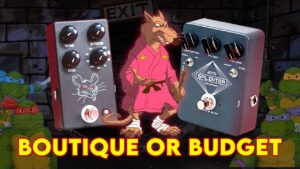
Read the pedal review of Joyo Splinter here!
Though the full effects of the tariffs are still unfolding, the guitar community here is already adapting and reshaping its gear choices, without losing the joy of playing and learning music.
Nothing is set in stone—Trump has changed his tariffs and policies many times before. Even if the industry feels the impact, it may take time to reach us. This delay gives guitar teachers and students a chance to explore alternative brands and gear. With smart choices, we can adapt without losing momentum in music education.
While we don’t promote panic buying, starting guitar lessons now might be a good idea! Consider signing up for a trial lesson with us!
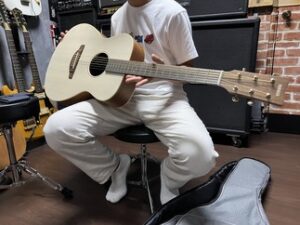







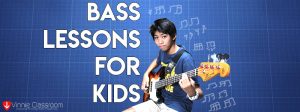
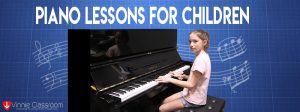


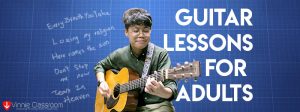


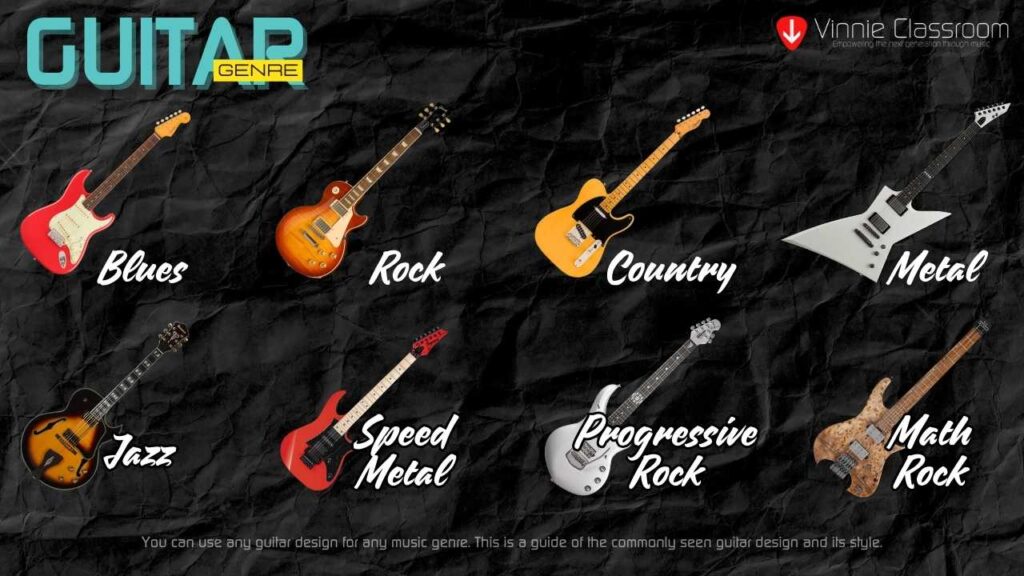 Pros of Learning the Electric Guitar First:
Pros of Learning the Electric Guitar First: